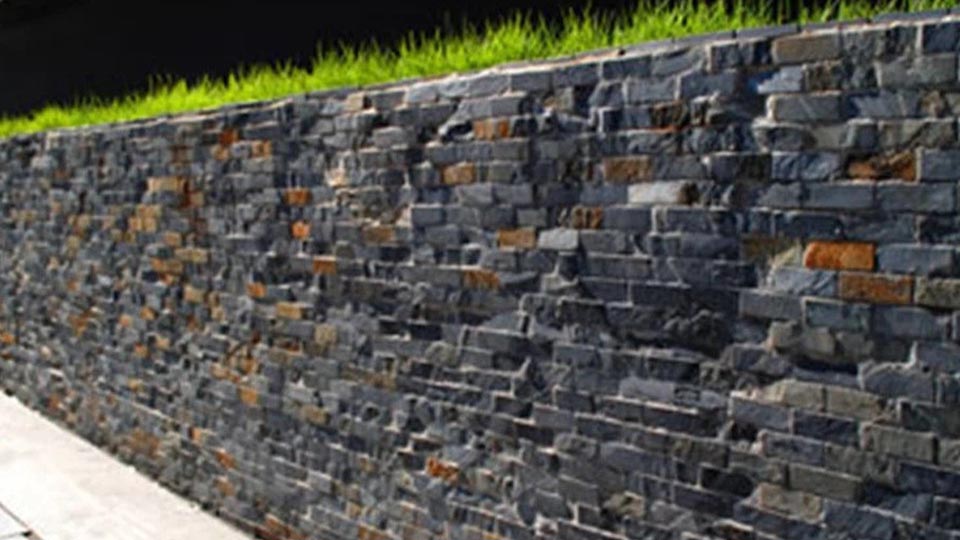What is the meaning of the word slate?
The Multifaceted Meaning of "Slate": A Comprehensive Exploration
The word "slate," seemingly simple, reveals a rich tapestry of meanings across various domains, from geology to politics, and from technology to everyday language. This article delves into the diverse interpretations of "slate," exploring its etymology, geological significance, cultural implications, and modern applications.
1. Geological Foundation: The Metamorphic Rock
At its core, "slate" refers to a fine-grained, metamorphic rock formed from sedimentary shale-type rocks. The process of metamorphism, involving heat and pressure, aligns the platy minerals within the shale, resulting in a characteristic "slaty cleavage." This cleavage allows slate to be easily split into thin, relatively smooth sheets, a property that has made it invaluable for various applications throughout history.
Formation and Properties:
Slate originates from low-grade regional metamorphism of clay-rich sedimentary rocks.
Its primary mineral composition includes quartz, mica (particularly muscovite and chlorite), and clay minerals.
The defining characteristic is its fissility, enabling it to split along parallel planes, known as slaty cleavage.
Slate exhibits varying colors, ranging from shades of gray to green, red, and black, depending on its mineral composition.
It is relatively durable and water-resistant, contributing to its longevity in construction and other applications.
Geological Significance:
Slate provides valuable insights into the geological history of regions where it is found.
Its presence indicates past metamorphic events and the forces that shaped the Earth's crust.
Geologists study slate formations to understand the tectonic activity and regional metamorphism within geological time scales.
The varying mineral composition of slate helps geologists determine the source rock that the slate originated from.
2. Historical and Cultural Significance: From Roofing to Writing
Beyond its geological definition, "slate" has played a significant role in human history and culture:
Construction and Roofing:
For centuries, slate has been a favored material for roofing, particularly in regions where it is readily available.
Its durability, water resistance, and ability to be split into thin, uniform sheets make it an ideal roofing material.
Slate roofs are known for their longevity and aesthetic appeal, contributing to the character of historic buildings.
Slate has also been used for flooring, paving, and wall cladding.
Writing and Education:
Historically, small pieces of slate were used as writing surfaces in schools, enabling students to practice writing and arithmetic.
"Slate boards" offered a reusable and economical alternative to paper.
The phrase "wipe the slate clean" originates from this practice, symbolizing a fresh start or the act of erasing past mistakes.
Cultural Expressions:
The word "slate" appears in various idioms and expressions, reflecting its cultural significance.
"To be on the slate" implies being scheduled or considered for something.
The term "slate" in the realm of films relates to the board that is used before each take to mark the begining of a shot, with various important bits of information on it.
3. Modern Applications: Technology and Beyond
In contemporary usage, "slate" extends beyond its traditional meanings:

Digital Technology:
"Slate" is sometimes used colloquially to refer to tablet computers, drawing on the visual analogy of a flat, smooth surface.
There is also slate as it pertains to Data warehousing, where it is a tool used for that area.
Political Context:
In politics, "slate" refers to a list of candidates nominated by a political party for an election.
A "slate of candidates" represents a unified group running under a common banner.
The term implies a pre-selected and organized group, often with a shared political agenda.
Audio Visual:
A "slate" in film and television production is the board held up at the beginning of a take, containing information such as the scene, take number, and director's name. This helps with synchronization and organization during post-production.
4. Etymological Roots:
Tracing the word's etymology reveals its linguistic evolution:
The word "slate" originates from the Old French word "esclat," meaning "splinter" or "piece broken off."
This, in turn, derives from a Germanic root related to "split."
The etymology reflects the rock's characteristic property of splitting into thin layers.
5. Variations and related terms:
There are also several other terms that should be addressed when disscussing slate.
Roofing slate: This very commonly refers to roofing shingles made from slate rock.
Slate Blue: This is referring to the color of many types of slate rock.
Slate industry: Is an industry dedicated to the extraction and preparation of slate stone for the use in many industries.

Conclusion:
The word "slate" embodies a fascinating interplay of geological, historical, and cultural meanings. From the metamorphic rock that has shaped human architecture to the digital devices that define modern technology, "slate" represents a versatile term with a rich and varied past. Its enduring presence in language and its continued relevance in diverse fields underscore the multifaceted nature of this seemingly simple word. The combination of its geological properties, and the long history of it being used by humans in many practical ways, has given the word slate its varied and nuanced meanings.



